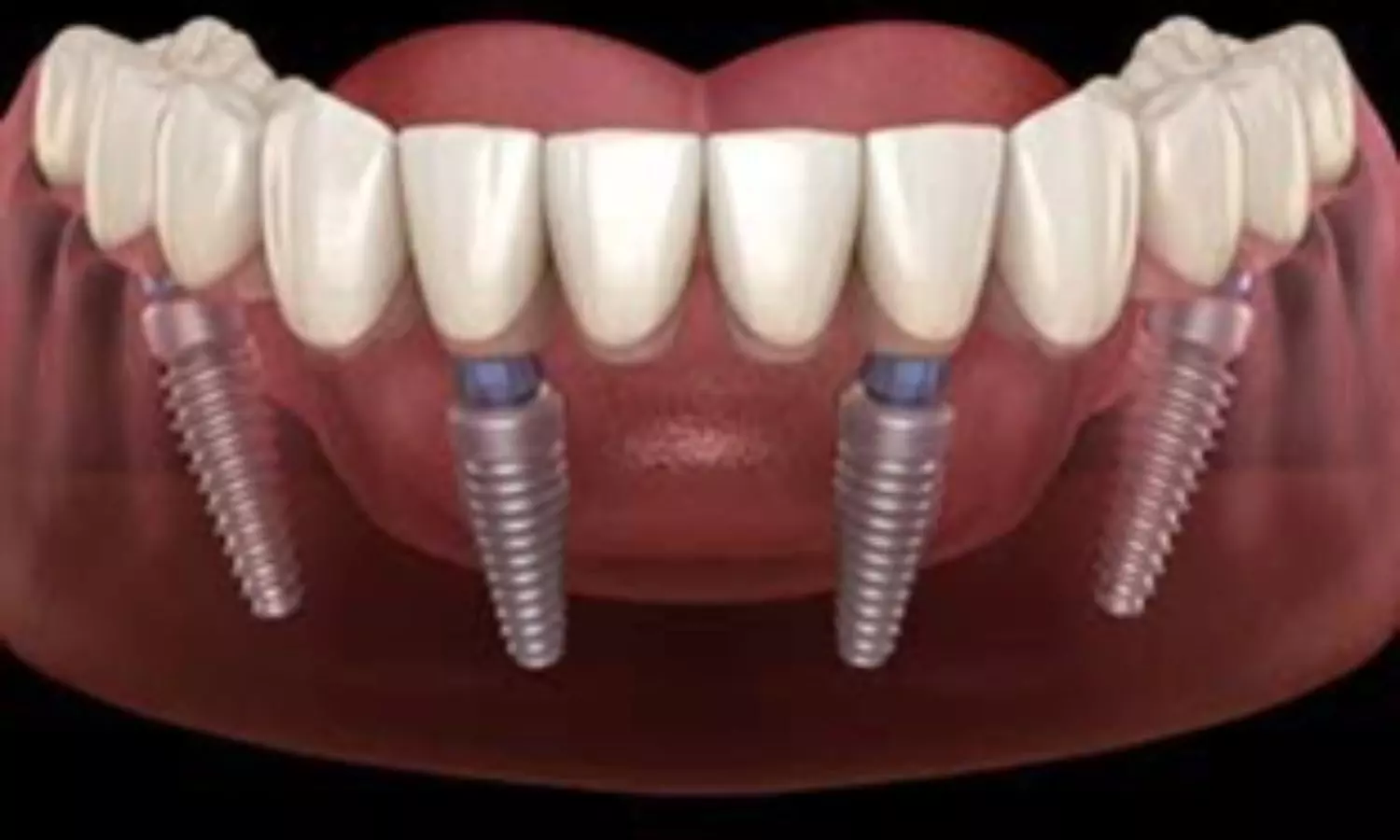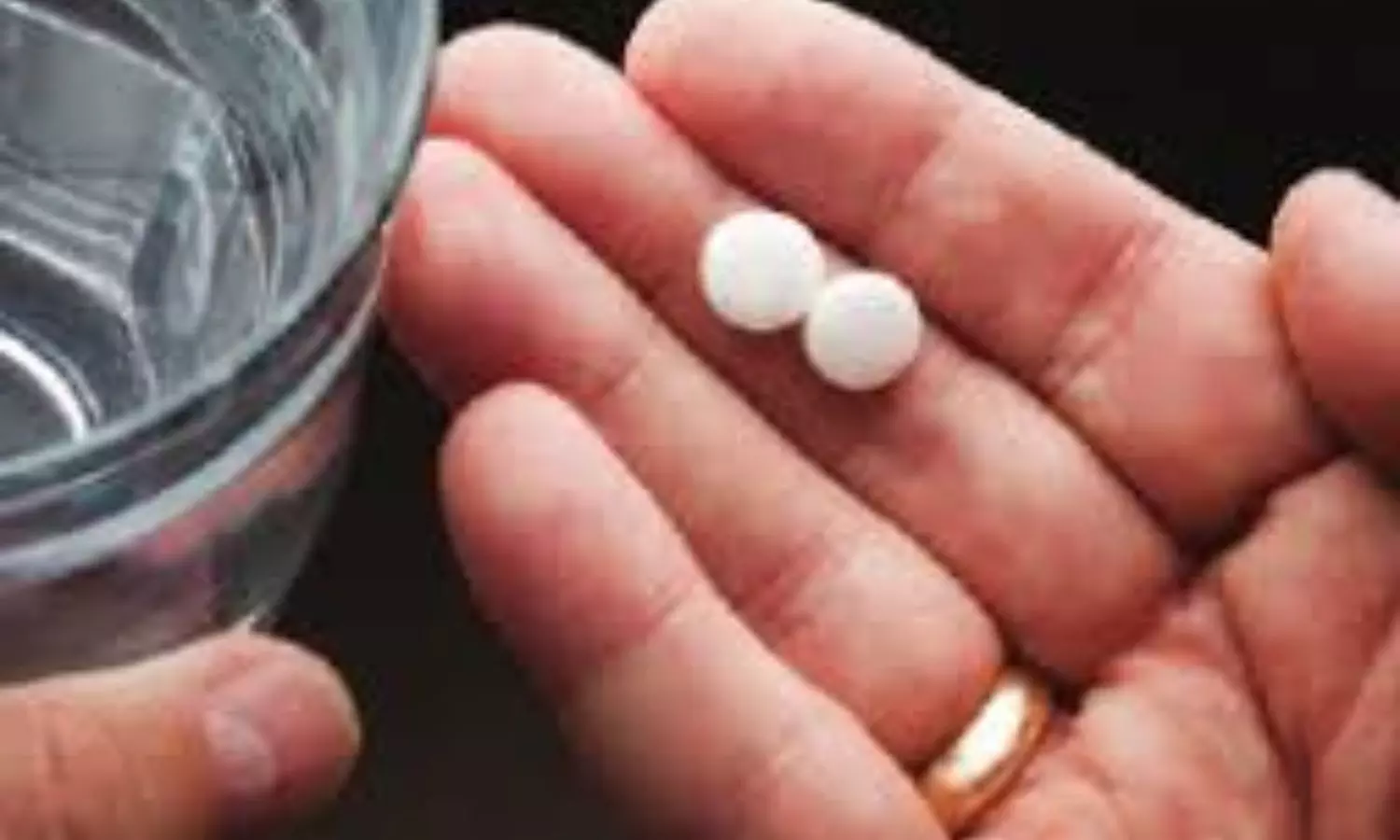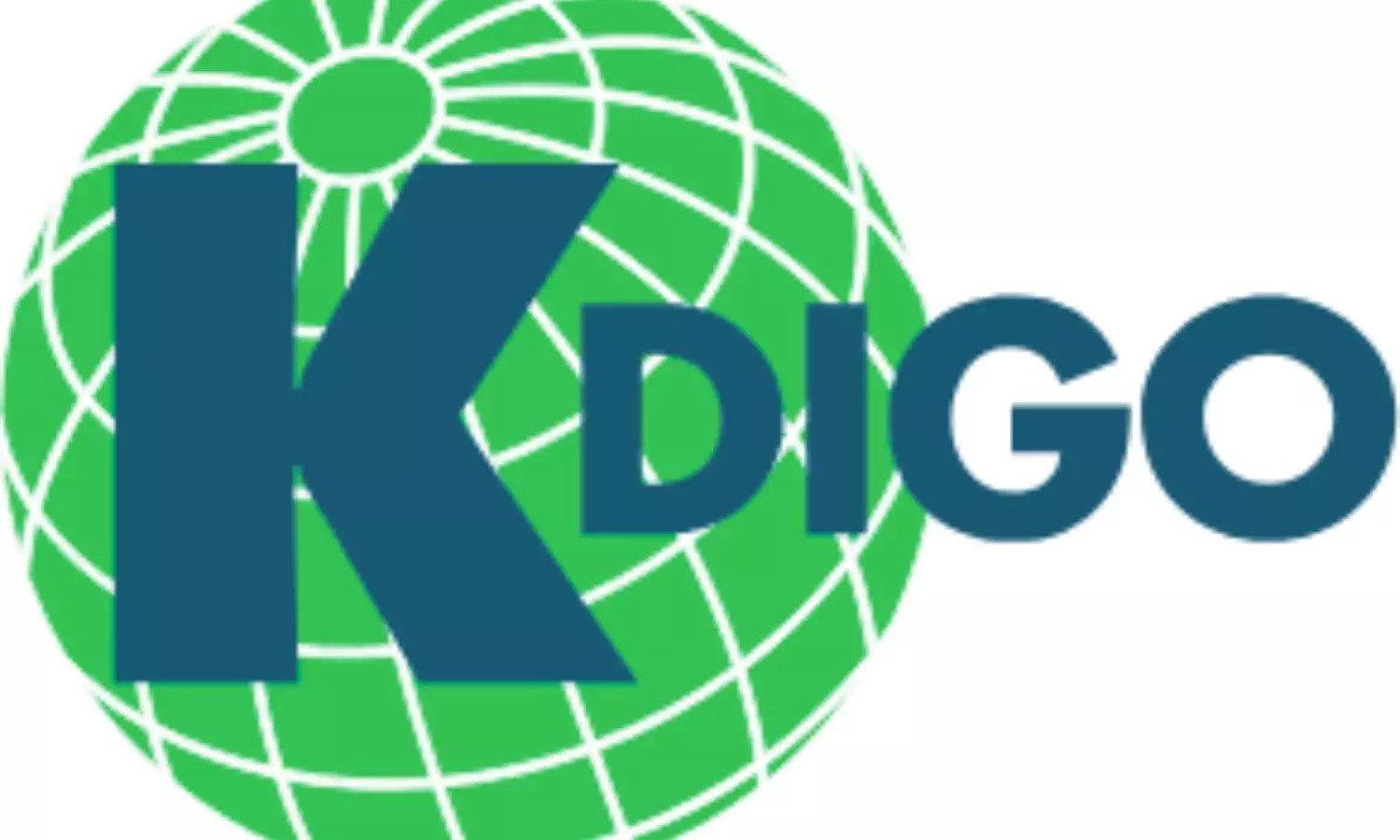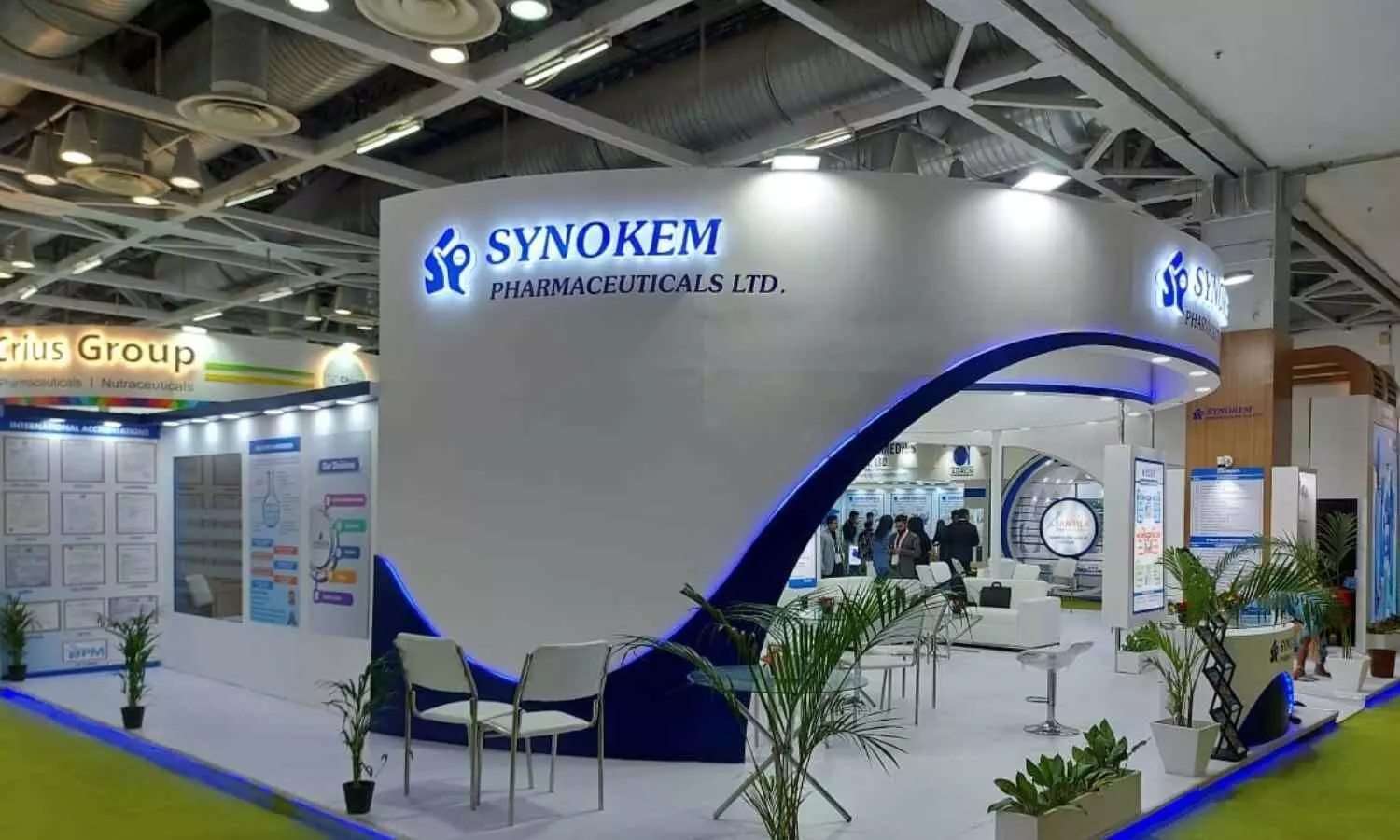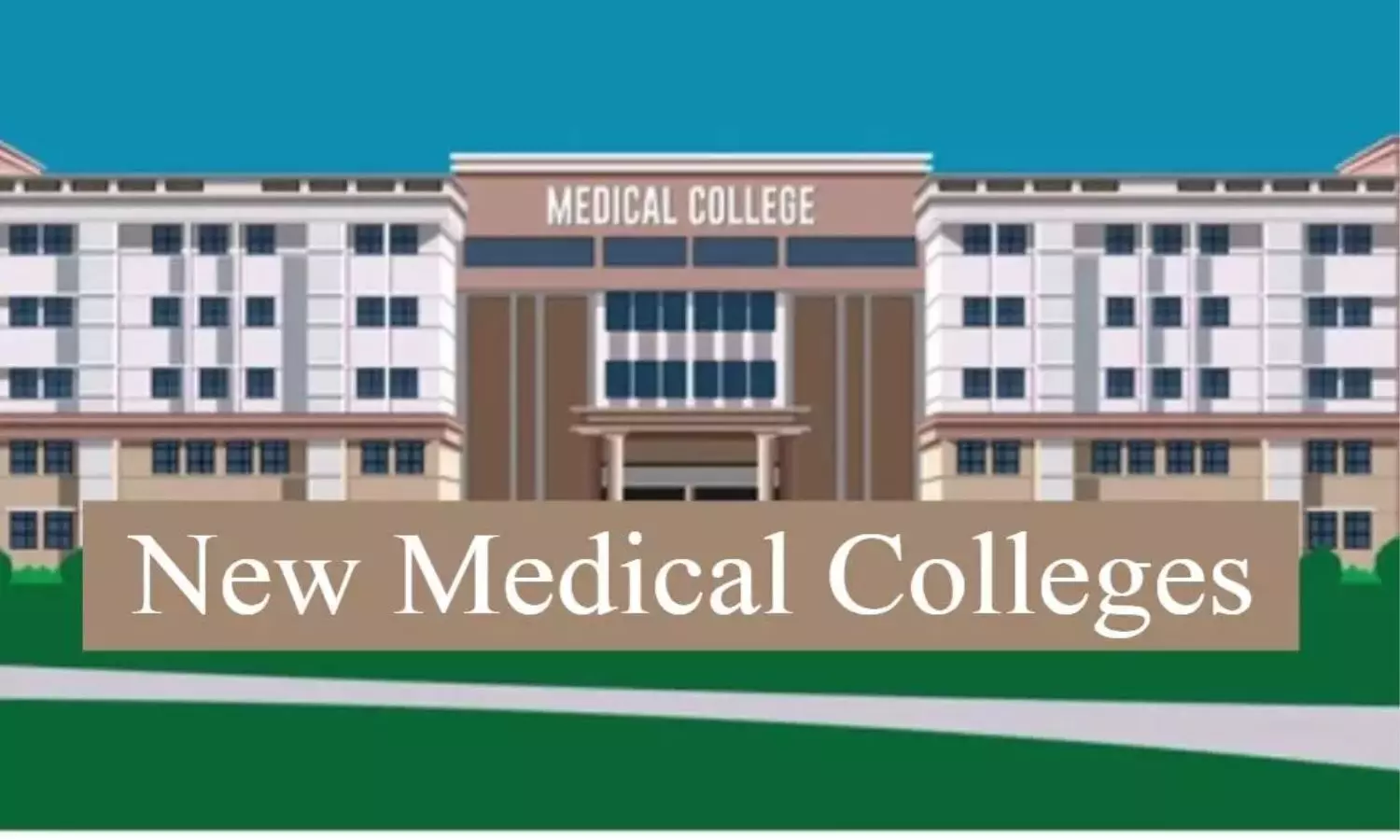
Hoshiarpur: The District Consumer Disputes Redressal Commission, Hoshiarpur, recently slapped Rs 2 lakh compensation on a private hospital and its Cardiologist for an unsuccessful Coronary Percutaneous Old Balloon Angioplasty procedure on a patient.
Observing that the doctor had not been vigilant while performing the procedure, the Commission noted, “…we conclude/ deduce that the OP 1 and the OP2 have caused an unintentional loss to the complainant through lack of care, caution and vigilance that had been their prime professional as well as legal duty but somehow are not inclined to penalize them harshly in wider prospective of the situation and thus ORDER for the one moderate compensation in the fairness and righteousness of the matter, in hand.”
Filing the consumer complaint, the patient sought Rs 5 lakh compensation (including Rs 1.44 lakh paid as medical and hospitalization fees) alleging that the treating doctor and hospital subjected him to one immature/hasty Coronary Percutaneous Old Balloon Angioplasty (POBA) procedure that had to be abandoned incomplete causing much pain discomfort, worry and monetary loss to him and his family members.
The matter goes back to 2020 when the patient was admitted to IVY Hospital Super Specialty Health Care, Hoshiarpur, with chest pain and seating etc where the attending specialist Dr Handa prescribed an immediate Percutaneous Old Balloon Angioplasty (POBA) procedure. The patient was informed that the procedure would cost approximately Rs 1.5 lakh. Accordingly, the procedure was conducted.
However, soon after the procedure, the patient complained of severe chest pain and the doctor declared that the patient required the lifesaving stent-pacing in the blocked artery carrying an additional cost of Rs.3 lakh. However, the family of the patient disagreed and sought discharge from the hospital for a second opinion. They were made to pay Rs 1,44,000 at the hospital.
It was submitted that the patient had to undergo many further medical treatments costing Rs 2 lakh to recover and regain normalcy. Therefore, the patient filed a consumer complaint and sought relief.
On the other hand, the doctor and the hospital denied all the allegations. The doctor submitted that the attending relatives of the complainant had consented to angioplasty in writing which appeared as the medical urgency/ necessity qua the clinical reports and the symbolic signs of ailment.
However, the doctor admitted that the Angioplasty procedure could not be done successfully on account of the affected condition of the patient’s arteries/veins etc. Therefore, the doctor advised for CABG on the next day. However, the patient opted for discharge and LAMA was issued.
The doctor affirmed that it was the patient’s health status and the deteriorated conditions of his related arteries/veins that failed the Angioplasty procedure and not any sort of negligence or deficiency in service on their part.
Similarly, the hospital also denied all allegations. It submitted that the treating doctor has been one of the best Cardiologists in the country and the allegations labelled against him were false.
While considering the matter, the consumer court thoroughly examined the available documents/evidence on the records and noted that the main issue of dispute was over the allegation that the patient was mechanically subjected to the Angioplasty Procedures that had to be admittedly abandoned in between on account of technical non-suitability to the subject of narrowing down of the arteries/veins due to the advanced age of the patient (66 years) and cholesterol/calcium deposits etc. Therefore, the necessity for CABG surgery arose.
At this outset, the Commission observed,
“We find no evidence on the records so as to say in medical terms/ prove that it’s the one failed attempt to Angioplasty that necessitates Bye-Pass Heart Surgery that could have been first opted by the experienced (as claimed in the written-reply) cardiologist so as to rule out the avoidable procedure associated with pain and expense. We take notice of the argument as put forth by the learned counsel for the complainant that even if we somewhat believe the defense for arguments sake that there’s been no stark negligence/ deficiency in service on the OP’s part it stays on records that the OP had not been vigilant as was desired of him while performing/ deciding of the human-life saving procedure.”
Further, the Commission noted that an amount of Rs 1.44 lakh was deposited at the time of LAMA discharge in the face of an admittedly unsuccessful attempt at Angioplasty.
Apart from this, the consumer court also noted that the doctor and the hospital failed to rebut these allegations with evidence on record and opined that it “…places them on the receiving end of the statute. Also, the complainant has not produced complete records of his stay at the OP2 Hospital but that was presumably not made available to him and that was neither produced by the OP who have failed even to rebut some of these allegations through cogent evidence.”
Holding the hospital and the doctor liable, the Commission observed,
“Finally, in the matter pertaining to the present complaint and in the light of the all above, we conclude/ deduce that the OP 1 and the OP2 have caused an unintentional loss to the complainant through lack of care, caution and vigilance that had been their prime professional as well as legal duty but somehow are not inclined to penalize them harshly in wider prospective of the situation and thus ORDER for the one moderate compensation in the fairness and righteousness of the matter, in hand.”
Therefore, the District Consumer Court granted the Complainant with Rs 2 lakh lump sum as cost and compensation and ordered, “Lastly, we are of the considered opinion that the complainant deserves to be moderately compensated and thus we partly allow this complaint and ORDER the OP1 Doctor & the OP2 Hospital to pay an amount of Rs.2.0 Lac, in lump-sum as cost and compensation with interest @ 9% PA with effect from the date of filing of the complaint till realization within 45 days of receipt of the copy of these orders, otherwise the entire awarded amount shall attract additional interest @ 6% PA form the date of the orders till.”
To view the order, click on the link below:
https://medicaldialogues.in/pdf_upload/punjab-dcdrc-compensation-233969.pdf
Also Read: ENT surgeon, Hospital directed to pay compensation for vision loss after nasal surgery
